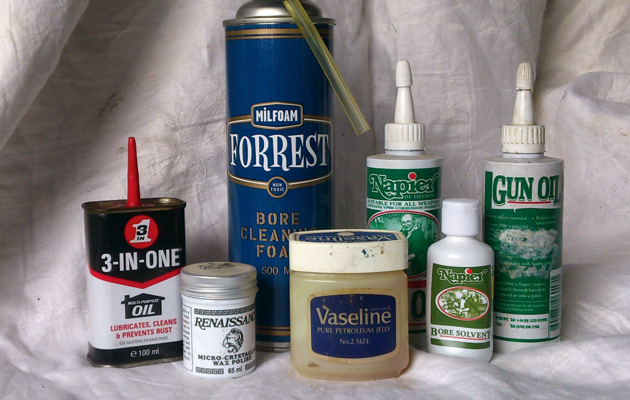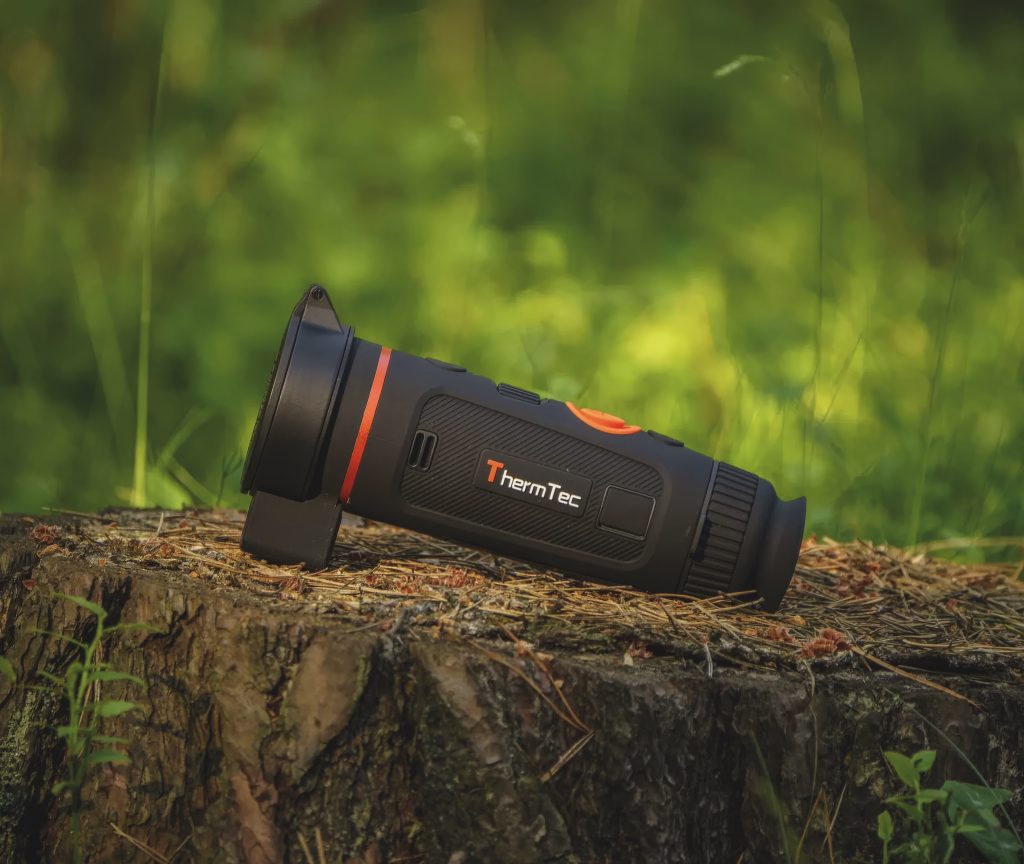Win CENS ProFlex DX5 earplugs worth £1,149 – enter here
The best rifle cleaning products
gun cleaning products

I have been using rifles for almost 60 years and, while fashions in cleaning have changed, the jury is still out on what’s best.
I have seen rifles that shot perfectly well without ever apparently being cleaned and others that never shot well, no matter how much care they received. But while cleaning is not the final answer to accuracy, it does affect how good a rifle looks and how long it lasts.
There is a saying in America that guns have only two enemies: rust and liberals. We can’t do much about liberals but the other enemy, rust, is definitely treatable.
When I started shooting, we cleaned rifles and shotguns with Young’s .303 cleaner, rust preventer and nitro powder solvent, whose smell lingers in the memory – and probably in the carpet — even though I have not used it for many years. It was good stuff but it didn’t dissolve copper fouling, which had to be removed with a bronze brush and elbow grease.
Then there were the ammonia cleaners such as Parker Hale No. 9 and Hoppe’s 009. Very effective at dissolving bullet jacket material stuck in the bore, but they stink like a maggot factory and will dissolve all sorts of other things if they get into the magazine or the woodwork, or on to your clothes. And you need to wipe out thoroughly and then protect the bore with suitable oil afterwards.
Wonder products
About 25 years ago I discovered Forrest Bore Cleaning Foam, which I thought was the best thing since sliced bread. Spray it down the bore, leave it a few minutes, then wipe out and the job is done: bore cleaned and protected in one hit. But I stopped using it recently when I found the expensive can I’d bought didn’t work properly; it wouldn’t spray the foam down the bore and I bought it from too far away to take it back to the shop. Nevertheless, the foam works really well.
I now use Napier Bore Solvent, which dissolves both nitro powder residue and copper fouling. It does not have the ammoniac stink of stuff like 009, though it still has “HARMFUL” emblazoned on the bottle. It is very good, but you still have to lubricate the bore with Napier Gun Oil after cleaning.
The protective oils can also be used on exterior metal work and to lubricate bolts and trigger assemblies, so you don’t need a mass of different products. But keep mineral oils away from woodwork (and carpets!)
The good news now is there may be a product you can use for everything — Ballistol. Some online chatrooms suggest it can be used for everything from rocket fuel to frying food and curing coughs. But for our purposes Ballistol is an excellent lubricant that creeps into corners, frees stuck parts and cleans and lubricates triggers and bolts without leaving a sticky residue. It does not harm woodwork or leather — it is supposed to benefit both — and is apparently kind to human skin and animals’ coats. You can even clean your dog’s ears with it. Sprayed inside the bore of a rifle, it dissolves powder fouling as well as copper and lead deposits. As a bore and exterior metal work protector, it persists well, keeping rust and corrosion at bay.
I have been using Ballistol for a couple of years and it does what it says on the tin. It dissolves lead, which most gun cleaners do not; it clears mechanical blockages; frees squeaky hinges at least as well as WD40; and it is, as far as I can tell, completely harmless to man and beast.
The only possible word of caution may be on its ability to dissolve lead because, as we all know, many older guns had ribs and sights soldered in place. And solder contains lead. Rifle magazines were also sometimes soldered. I don’t know how long it might take for an occasional wipe of Ballistol to do any significant harm to solder — years, probably — but it is something to note.
Related Articles
Get the latest news delivered direct to your door
Subscribe to Shooting Times & Country
Discover the ultimate companion for field sports enthusiasts with Shooting Times & Country Magazine, the UK’s leading weekly publication that has been at the forefront of shooting culture since 1882. Subscribers gain access to expert tips, comprehensive gear reviews, seasonal advice and a vibrant community of like-minded shooters.
Save on shop price when you subscribe with weekly issues featuring in-depth articles on gundog training, exclusive member offers and access to the digital back issue library. A Shooting Times & Country subscription is more than a magazine, don’t just read about the countryside; immerse yourself in its most authoritative and engaging publication.







